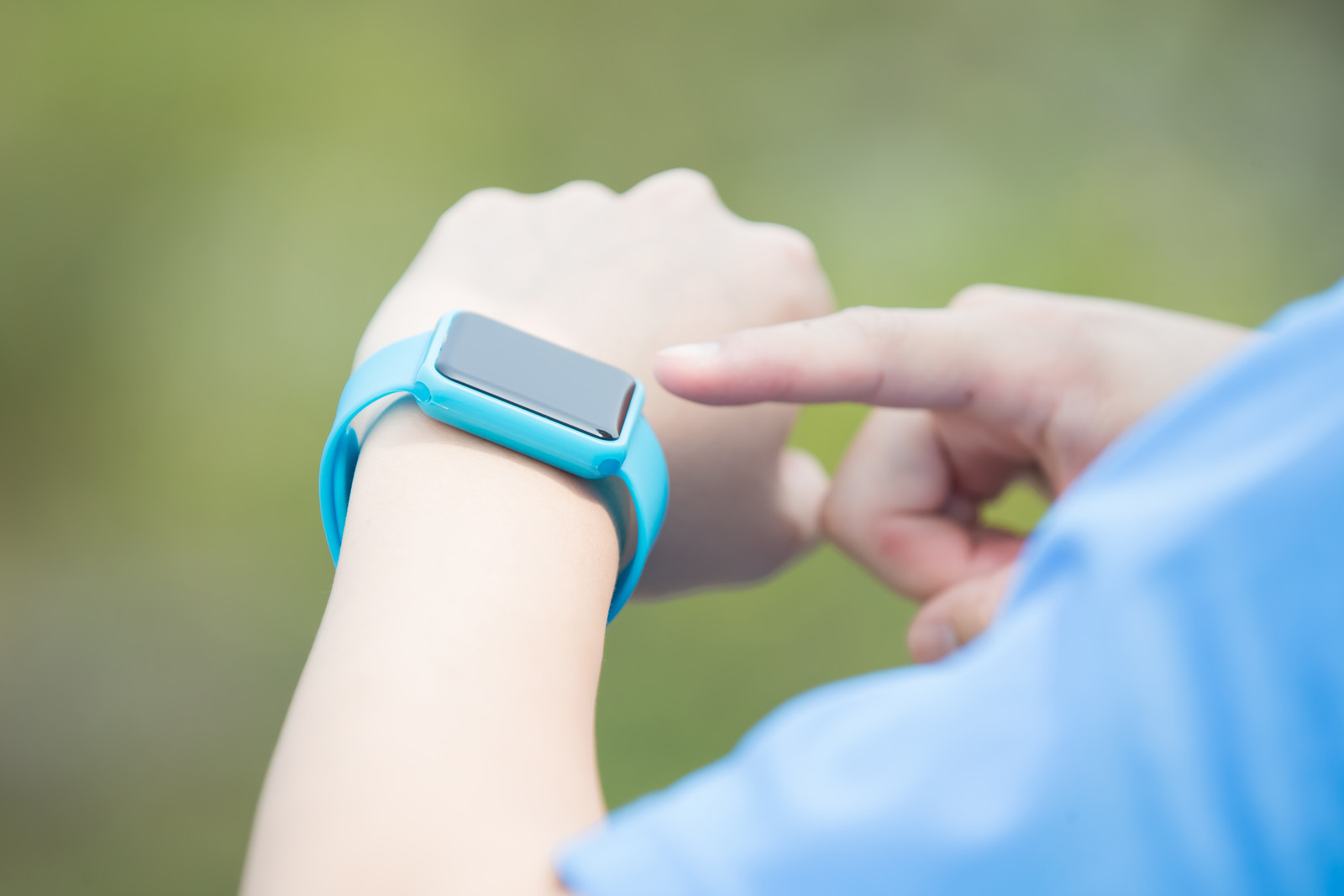- In 2015, there were 15 billion connected objects worldwide.
- By 2020, their number should increase to 80‑100 billion.
How Do They Work?
 Some connected health objects, such as smart bracelets, bathroom scales, and toothbrushes, collect data that are transferred via the Internet to software that analyzes them in order to advise users of potential benefits or health and well-being changes they should make.
Some connected health objects, such as smart bracelets, bathroom scales, and toothbrushes, collect data that are transferred via the Internet to software that analyzes them in order to advise users of potential benefits or health and well-being changes they should make.
Whether they are electronic devices or wearables that capture data (pulse, weight, sports performance, sleep quality, body temperature, blood pressure, etc.), connected objects transfer the collected information to an application available on a smartphone, a tablet or even a computer.
According to the Canada Health Infoway-funded survey titled Diffusion of Smart Devices for Health in Canada, done in collaboration with CEFRIO and the Chaire de recherche en santé connectée HEC Montréal, 24 per cent of Canadian adults own at least one connected object that captures data on their health or well-being.
Facts about Connected Device Users in Canada
- The younger and higher-paid the respondents are, the more familiar they are with connected health objects.
- Quebec has the smallest proportion of adults who have already heard about connected objects for health or well-being (65 per cent vs 74 per cent for the entire country).
- Bracelets and watches are the most popular connected objects, which are owned by 88 per cent of the respondents who said they own at least one connected object for health or well-being.
- Thirty per cent of respondents who own connected objects for health or well-being have two or more.
Users’ appreciation
- Sixty-nine per cent of users say connected objects helped them maintain or improve their health.
- The majority of users say that connected objects are user-friendly and easy to use.
- Furthermore, 77 per cent of respondents confirmed that their expectations regarding the use of these objects have been met so far (59 per cent for mobile app users).
- Almost all respondents (88 per cent) reported that they intend to continue to use them.
Of those who stopped using their connected health objects, 44 per cent said they lost interest in doing so after a while, 20 per cent said that the devices simply stopped working, 19 per cent didn’t like wearing them and 15 per cent questioned the reliability of the information generated by their connected objects.
Do you use a connected device? If yes, what has your experience been? Learn more by downloading the Diffusion of Smart Devices for Health in Canada report.
Have a comment about this post? We’d love to hear from you.





